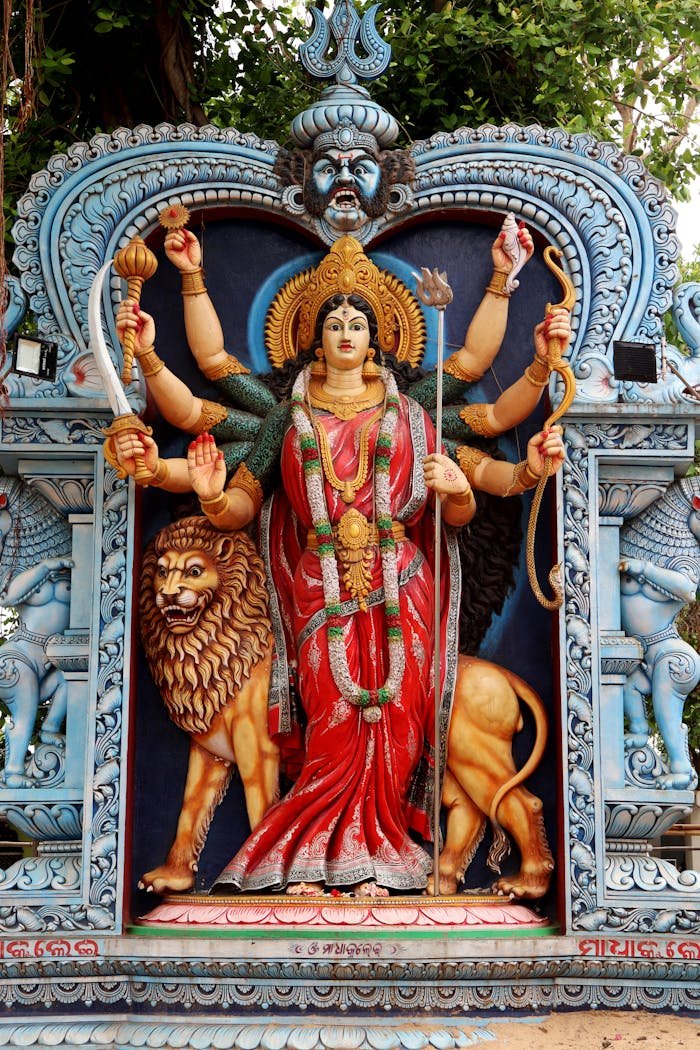In a devastating turn of events, a religious gathering in India turned tragic as a crush led to the deaths of dozens of people. This incident has captured global attention, highlighting the critical challenges associated with managing large crowds during mass events. In this blog post, we aim to shed light on what transpired, provide historical context, and discuss the broader implications of this tragedy.
Historical Context of Religious Events in India
India is a land of diverse cultures and religions, often hosting large-scale religious gatherings that attract millions of devotees. Events like Kumbh Mela and various temple festivals are integral to the country’s cultural fabric. However, these events have historically posed significant crowd management challenges Begonia, Fireflush. Over the years, there have been several tragic incidents where poor planning and lack of safety measures resulted in loss of lives.
Past Incidents and Ongoing Challenges
Crowd-related tragedies are not new to India. In 2013, the Kumbh Mela witnessed a stampede that killed 36 people. More recently, in 2016, a similar incident occurred at a temple festival, leading to multiple casualties. Bougainvillea ‘Sundown Orange’ These events underscore the ongoing struggle in implementing effective crowd management strategies to ensure safety. Despite lessons from the past, the recurring nature of these incidents points to systemic issues that need urgent addressing.
The Incident
The recent tragedy unfolded during a religious event that attracted tens of thousands of devotees. According to eyewitnesses, the overcrowding led to panic, causing people to push and trample over one another. Official reports indicate that the crush was exacerbated by narrow passages and inadequate exit routes. Rescue teams were quick to respond, but the sheer magnitude of the situation made their efforts challenging. Despite their best attempts, dozens lost their lives, and many others were injured.
Eyewitness Reports and Official Statements
Eyewitnesses described scenes of chaos and panic as people struggled to find safe exits. One devotee recounted how the crowd surged forward, making it impossible to breathe or move. Authorities have since issued statements expressing their condolences and promising thorough investigations. Officials highlighted the need for stricter crowd control measures and better infrastructure to prevent such tragedies in the future.
Immediate Aftermath and Rescue Efforts
The immediate aftermath saw rescue teams working tirelessly to evacuate the wounded and retrieve the deceased. Caladium, Freida Hemple Hospitals were overwhelmed with the influx of patients, and emergency services were stretched thin. Volunteers also played a crucial role, providing first aid and helping manage the chaos. The rescue efforts, though commendable, could not reverse the tragic loss of lives.
Social Impact
The social impact of this tragedy is profound. Families have lost loved ones, and communities are mourning. The incident has sparked widespread outrage and grief, prompting discussions about the safety of mass gatherings. In a country where religious events are a way of life, the tragedy has raised questions about the balance between cultural traditions and modern safety standards.
Cultural Impact
Culturally, the incident has cast a shadow over the religious event, traditionally seen as a time of joy and spiritual fulfillment. It has prompted religious leaders to advocate for better safety measures and has led to a reexamination of how such events are organized. The cultural significance of these gatherings means that while they will continue, there is now a pressing need to ensure they are conducted safely.
Political Impact
Politically, the tragedy has put the spotlight on government accountability and the effectiveness of existing safety regulations. Calathea roseopicta ‘Medallion’ Opposition parties have criticized the ruling government for failing to implement adequate safety measures, while the government has promised reforms. The incident is likely to influence policy changes and could become a pivotal issue in upcoming elections.
Global Perception and Management of Mass Events
This tragedy is not just an isolated incident but a reflection of global challenges in managing mass events. Countries worldwide face similar issues, whether it’s during religious gatherings, concerts, or sports events. The incident in India serves as a grim reminder of the need for robust safety protocols and international cooperation in sharing best practices for crowd management.
Government Response
In response to the tragedy, the government has launched an investigation to understand the causes and identify those responsible. Immediate measures include enhancing safety protocols for upcoming events and increasing funding for crowd management training. Calibrachoa, Cabaret Blue Authorities have also announced compensation for the families of the victims and medical assistance for those injured.
Organizational Responses
Non-governmental organizations and community groups have also stepped in, offering support to affected families and advocating for better safety standards. These organizations play a crucial role in bridging the gap between government initiatives and community needs, ensuring that the voices of the victims are heard.
Lessons Learned
The incident underscores several critical lessons. Firstly, the importance of planning cannot be overstated. Effective crowd management requires meticulous planning, including risk assessments and contingency plans. Secondly, infrastructure must be capable of handling large crowds, with clear signage, ample exits, and barriers to control the flow of people. Lastly, When to Plant Apple Trees in Alabama there needs to be continuous training for emergency response teams to handle such situations efficiently.
Future Implications for Event Safety and Crowd Control
Looking ahead, this tragedy could serve as a catalyst for change. Governments and organizations must prioritize safety in event planning, incorporating lessons learned from past incidents. Innovations in technology, such as crowd monitoring systems and AI-based risk assessments, could play a significant role in preventing future tragedies. Collaboration between countries to share best practices and technologies could also enhance global safety standards.
Looking Ahead
The recent tragedy at the religious event in India is a stark reminder of the critical importance of crowd management and safety at large gatherings. While the loss of lives is irreparable, the incident offers valuable lessons that can help prevent similar tragedies in the future. The Evolution of Smartphones: A Journey from Bricks to Brilliance. It calls for immediate action and global cooperation to ensure that such events can be held safely, preserving the cultural traditions they represent while safeguarding the lives of those who attend.
For more insights into event safety and how you can contribute to improving standards, consider joining our community discussions or attending upcoming webinars on crowd management. Together, we can make a difference.



